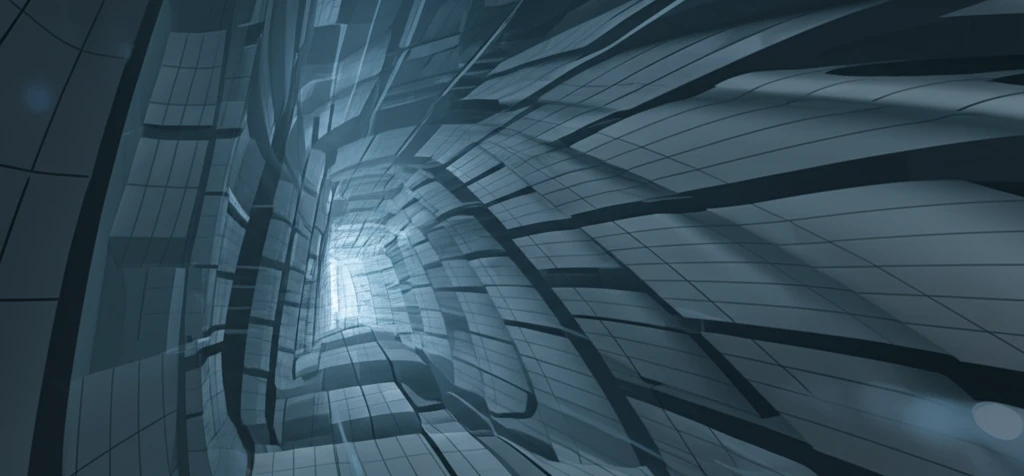
The Surprising Strength of Corrugated Steel: How Geometry is Revolutionizing Construction
"Uncover how engineers are using corrugated designs to build stronger, lighter, and more efficient structures, transforming everything from bridges to buildings."
For years, the concept of using corrugated walls in construction beams was more theoretical than practical. While these designs existed, their application was limited. However, defining the intense deformed condition of a beam with a corrugated wall has become increasingly relevant as engineers seek innovative solutions for stronger, lighter, and more efficient structures. This exploration into corrugated steel beams marks a significant shift in construction mechanics.
The corrugated beam, characterized by its unique cross-section, introduces parameters like corrugation height and shape, influencing its structural behavior. Understanding these parameters is crucial for optimizing the beam's performance. Relative parameters, such as the ratio of corrugation height to width, play a vital role in determining the beam's tension distribution and overall strength.
Recent research has focused on assessing the nature of tension distribution within the cross-section of beams with varying corrugation heights. By examining different corrugation shapes, engineers aim to unlock the full potential of these innovative structural elements. This deeper understanding promises to revolutionize how we approach construction, paving the way for more resilient and sustainable designs.
The Science Behind the Strength

The research team employed numerical experiments using the finite element method (FEM) to simulate and analyze the behavior of corrugated beams. This approach allowed them to estimate the influence of various corrugation parameters on the beam's structural integrity. By keeping key parameters such as cross-section sizes, material properties, and loading conditions constant, they could isolate the impact of corrugation geometry.
- Cross-section dimensions
- Material characteristics
- Loading conditions
- Fixing conditions of the beams
The Future of Construction is Corrugated
The research findings indicate that the geometrical form of the corrugation has minimal impact on the nature of tension distribution within the beam section. Instead, tension distribution is primarily influenced by the ratio of corrugation height to width. When this ratio is low, the corrugated wall fully engages in the load-bearing process. As the ratio increases, only a portion of the wall contributes, eventually limited to the areas near the beam's edges. This insight is crucial for optimizing corrugated beam designs for specific applications.
